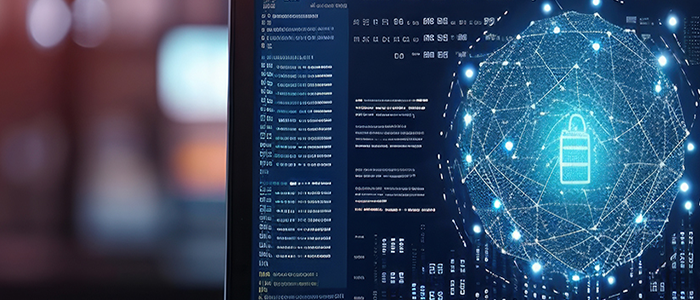Common Types of Malware and How to Protect Your Business
Malware—short for malicious software—is any software intentionally designed to harm, exploit, or otherwise compromise digital systems and data. Whether it’s to steal sensitive information, hijack access credentials, or disrupt critical business operations, malware presents a serious and growing threat to organizations of all sizes.
Cybercriminals use malware for a variety of purposes: to commit financial fraud, conduct espionage, or cause reputational harm. Failing to protect against malware risks data breaches, compliance violations, brand damage, and loss of customer trust.
How Malware Spreads
Malware is not new. In the early days, it spread through floppy disks and isolated machines. Today, interconnected systems, cloud networks, and remote access points give cybercriminals multiple entryways into your environment.
Many attacks start with a simple action—clicking a link, downloading an attachment, or visiting a compromised website. From there, malware can quickly replicate and wreak havoc if left unchecked.

Common Types of Malware
Viruses
Malware viruses replicate by infecting host programs or files. They usually require user interaction, like opening a malicious email attachment or running an infected application. Once active, they can steal data, disrupt operations, or corrupt system files.
Worms
Worms operate similarly to viruses but spread independently, without user intervention. They exploit security vulnerabilities to move across networks and systems, often creating backdoors for further attacks.
Trojan Horses
A Trojan disguises itself as a legitimate program. Users are tricked into downloading and running it, unknowingly allowing malware into the system. Trojans are often used to install backdoors or additional malicious code.

Adware
Adware may seem benign, but it floods devices with unwanted ads, slows system performance, and can compromise user privacy. It’s often bundled with free software or downloaded unintentionally through deceptive links.
Keyloggers
This type of malware secretly records keystrokes to harvest login credentials, credit card numbers, and personal information. Keyloggers can be installed via email attachments, browser vulnerabilities, or malicious downloads.
Ransomware
Ransomware encrypts data and demands a ransom to restore access. These attacks are devastating—especially for businesses without secure backups. Prevention, detection, and recovery planning are critical.
Preventing Malware Attacks
Basic antivirus software is no longer enough to protect against advanced malware threats. Businesses need layered protection strategies including:
- Endpoint Detection and Response (EDR)
- Employee cybersecurity training
- Multi-factor authentication (MFA)
- Regular patching and updates
- Secure backup and recovery systems
Partnering with a Managed Service Provider (MSP) ensures your business is equipped with advanced threat detection, real-time monitoring, and proactive security strategies tailored to your needs.
Need expert malware protection for your business? Contact Tobin Solutions today to learn how we can help you safeguard your digital infrastructure.
© 2025 Tobin Solutions. All rights reserved.
